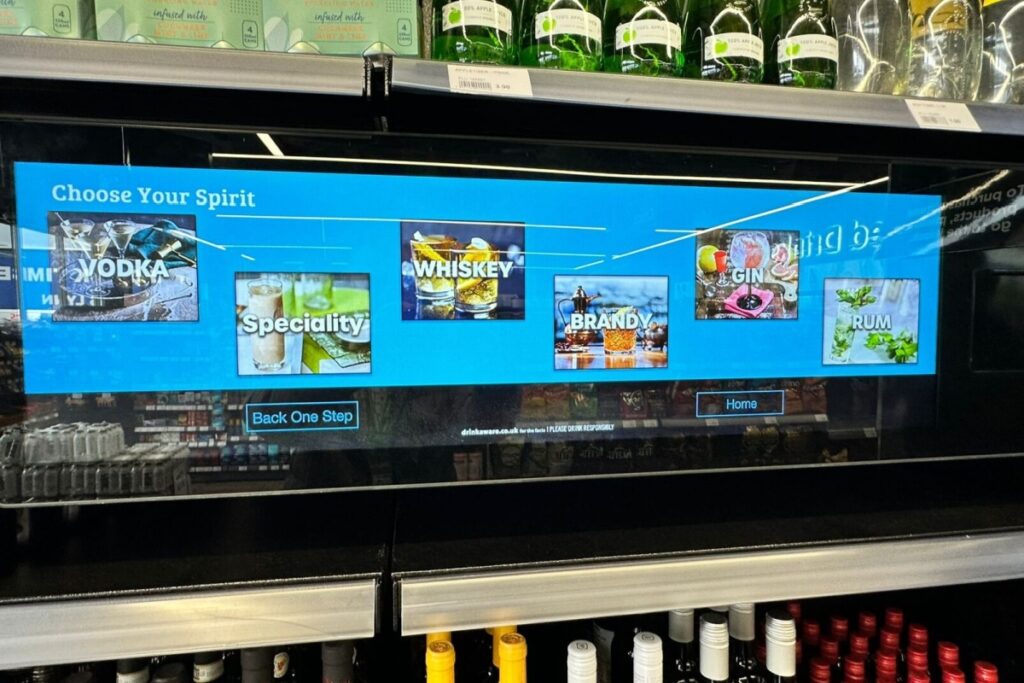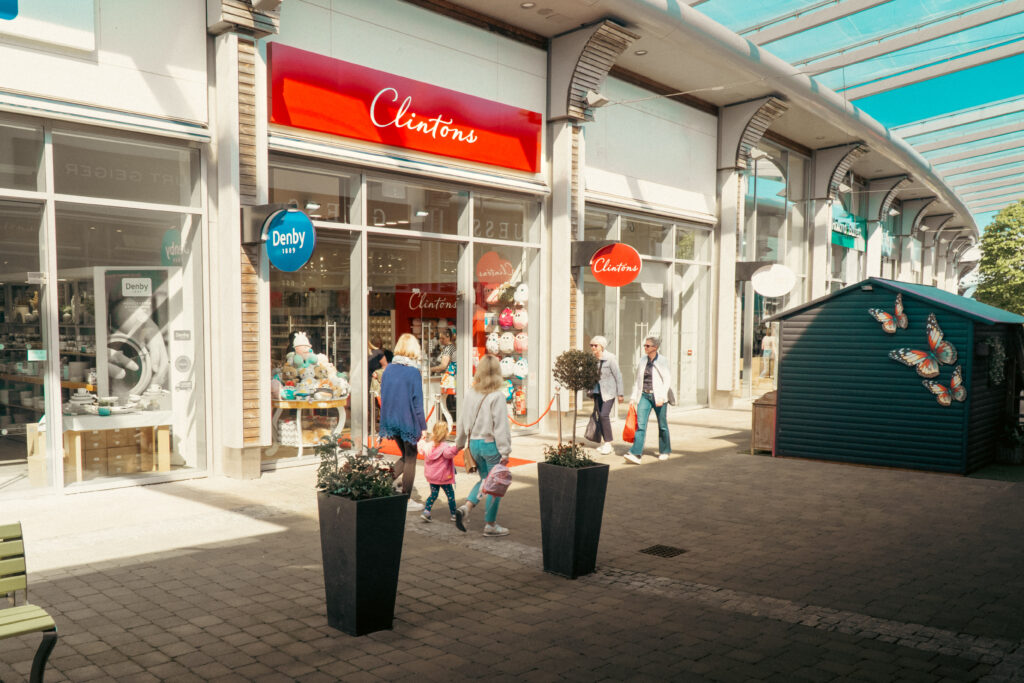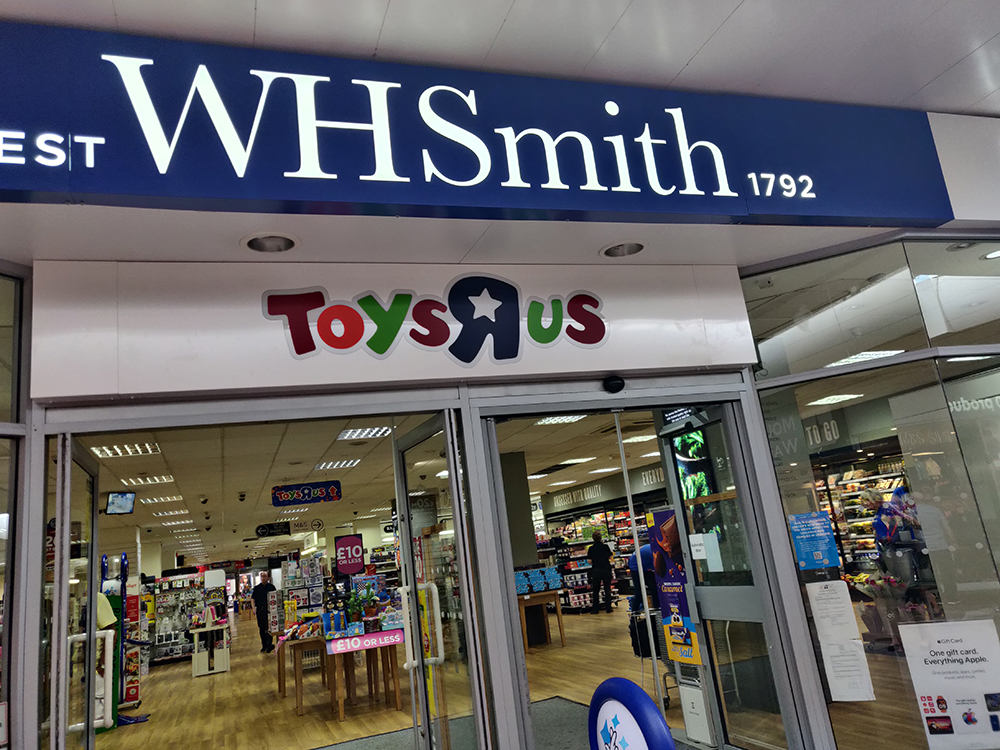The European Commission‘s recent decision to approve Project Oscar, the mobile wallet joint venture from Everything Everywhere, O2 and Vodafone, is a major step towards the end of the wallet as we know it. The ruling could mean that instead of picking up a purse full of cards and cash each time you leave the house, soon you may only need your mobile phone. It might sound far-fetched right now, but the reality could be closer than you think.
Mobile wallets will enable consumers to make payments for goods and services via their mobile phones using Near Field Communication (NFC). The technology is similar to that which is already used in contactless cards, meaning that consumers will be able to swipe their phones over a special reader at the point of sale to pay for goods. The obvious benefits for consumers are the speed, ease and convenience of this payment method. But retailers should also be keen to implement the technology because it will open up a range of new options which they can use to build engagement with consumers.
Benefits for retailers
One of the stumbling blocks in the roll out of contactless cards was that retailers were unsure that the benefits of faster payments would outweigh the cost of implementing the technology in-store. This created a chicken-and-egg scenario: card issuers were unwilling to get behind contactless payments because there weren‘t enough payment terminals in use, and retailers did not want to install terminals because there were relatively few cards in circulation.
NFC-enabled mobile payments should avoid this impasse because there are more incentives for retailers to employ this technology. Customer data is worth its weight in gold, and in-store mobile payments could give retailers access to a wealth of valuable customer data relating to them and their purchases. Retailers are well aware of the value of a single customer view for marketing purposes, and mobile will be another channel to collect this invaluable information.
This customer data could help retailers to send targeted special offers direct to smartphones via text or email, building engagement with customers on a one-to-one basis. To take this one stage further, in the near future we are likely to see geo-localisation playing an increasing role here. Imagine a customer who walks past her favourite clothes store and as she does so, she receives a personalised text message with a 20 per cent off code to use in-store on what the retailer knows is her favourite range. When she makes a purchase using her phone, the discount is automatically applied. The process is quick, easy, personal and automatic – and there‘s none of the stigma associated with paper vouchers. That‘s a pretty powerful incentive for both consumers and retailers to opt in to mobile payments and associated marketing techniques.
Mobile payments and loyalty
The use of the mobile phone as a payment method could also see the end of loyalty cards as we know them. As well as increasing convenience for consumers, this could also be a more cost-effective way for retailers to manage loyalty schemes since issuing physical cards would become a thing of the past. Again, the ability to instantly turn loyalty points or vouchers into cash as a mobile payment is made is highly attractive for consumers. Lost or forgotten cards form disincentives to purchase, but an app on a smartphone is much less likely to be misplaced and can be downloaded again at no extra cost to the retailer.
The greater transaction speed of mobile payments will enable retailers to launch special payment lanes in-store for those using mobile phones to pay, therefore encouraging uptake by giving mobile consumers a better customer experience.
Transforming retail
Mobile payments have the potential to transform the retail sector as we know it, both for consumers a
RELATED STORIES

















